SUSTAINABLE URBAN KAMPONG DEVELOPMENT Lessons from Akuarium Vertical Kampong, North Jakarta, Indonesia
This book to understand the relationship between improving the physical quality of urban kampong (Akuarium Vertical Kampong) and the level of satisfaction of its inhabitants, linked to sustainable development which has become a global commitment.
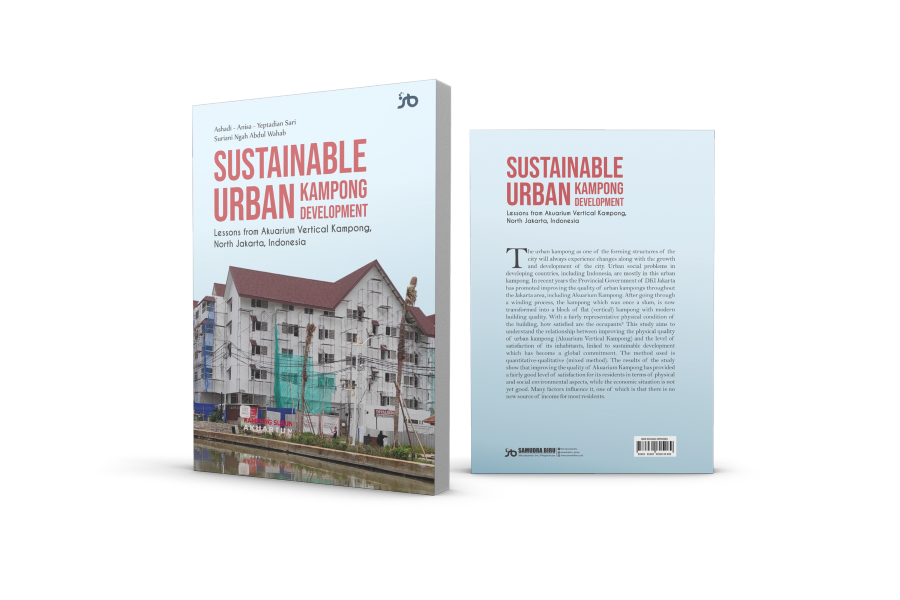
URBAN KAMPONG AND ITS PROBLEMS
The term kampong, by some Indonesian people, is interpreted the same as dusun, dukuh, or desa. Kampong as a synonym for the term desa is used, among others, in the areas of Central Lampung and Papua. In the Central Lampung Regency Regional Regulation Number 8 of 2018 concerning Villages Arrangement (Perda Kabupaten Lampung Tengah Nomor 8 Tahun 2018 tentang Penataan Kampung), Chapter I Article 1, it is stated that a desa is a legal community unit that has territorial boundaries that are authorized to regulate and manage government affairs, local community interests based on community initiatives, origin rights and / or traditional rights that are recognized and respected in the government system of the Unitary State of the Republic of Indonesia (Negara Kesatuan Republik Indonesia). In Papua, based on the Papua Province Regional Regulation Number 3 of 2022 Concerning Traditional Villages (Perda Provinsi Papua Nomor 3 Tahun 2022 Tentang Kampung Adat), Chapter III Article 4, it is stated that a (customary) desa is the lowest administrative unit under the Regency/City.
Originally, the term desa was only used in Java, Madura and Bali. Especially in Java, kampong, dusun and dukuh are part of the desa. According to the laws and regulations in Indonesia, the desa is the lowest administrative unit under the sub-district (kecamatan). The term desa then became a term on a national scale, especially since the issuance of RI Law Number 6 of 2014 concerning Desa (UU RI Nomor 6 Tahun 2014 Tentang Desa).
Based on RI Law Number 6 of 2014 concerning Villages (UU RI Nomor 6 Tahun 2014 Tentang Desa), in Chapter I Article 1, it is stated that a desa is a legal community unit that has territorial boundaries
that are authorized to regulate and manage government affairs, local community interests based on community initiatives, origin rights, and/or traditional rights that are recognized and respected
in the system of government of the Unitary State of the Republic of Indonesia (Negara Kesatuan Republik Indonesia). This law also states that dusun are part of and form a desa. In Chapter III Article 8 it is stated that in the desa, there is formed dusun or what are called other names are formed according to the origin, customs and socio-cultural values of the desa community.
Dapatkan Bukunya Sekarang Juga!
DAFTAR ISI
 Daftar Isi 1
Daftar Isi 1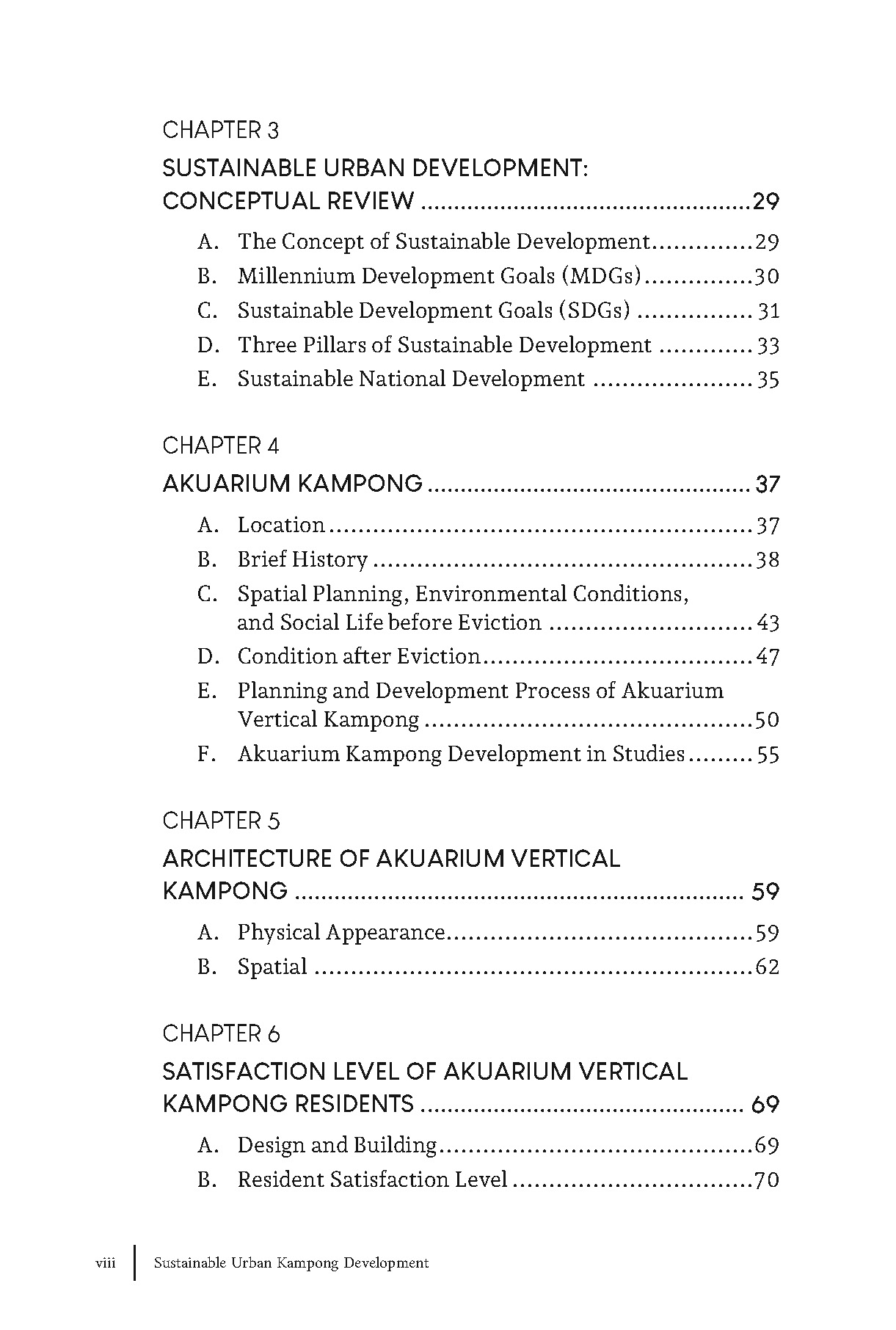 Daftar Isi 2
Daftar Isi 2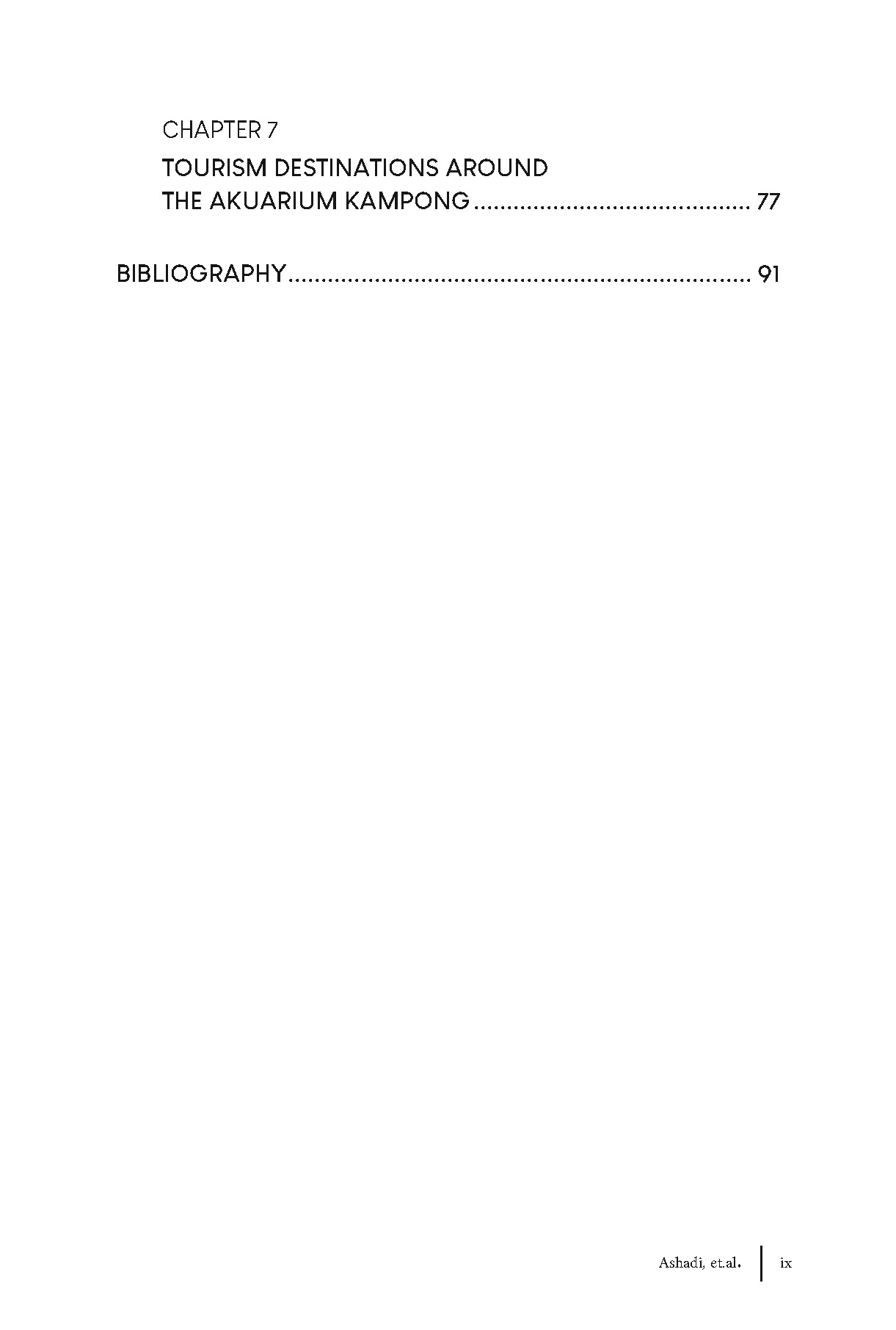 Daftar Isi
Daftar IsiSpesifikasi Buku

Cetakan I, Desember 2023; 110 hlm, ukuran 15,5 x 23 cm, kertas isi Bookpaper hitam putih, kertas cover ivory 230 gram full colour, jilid lem panas (soft cover) dan shrink bungkus plastik.
Harga Buku
Sebelum melakukan pembayaran, cek ketersediaan stock kepada admin. Jika buku out of stock pengiriman membutuhkan waktu – 3 hari setelah pembayaran.
Rp100.000
Rp 87,500
Tentang Penulis
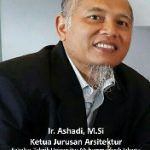
Ashadi,
S1 Architecture UNDIP (1991), S2 Anthropology UI (2004), and S3 Architecture UNPAR (2016). Since 1994, he has been active as a lecturer in the Architecture Study Program, Faculty of Engineering, Universitas Muhammadiyah Jakarta (FT-UMJ). Scientific activities that have been carried out: Grant Research, national and international journal publications, and scientific presentations at national and international scale seminar forums. Last Lecturer Functional Position: Head Lecturer (Assoc Prof). In the last 5 years, 38 of his books have been published.
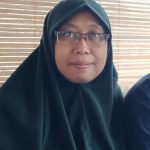
Anisa
Completed Bachelor and Masters degrees at the Department of Architecture Engineering, Faculty of Engineering, Gadjah Mada University with a Bachelor of Engineering (S.T) degree in 2000 and a Masters of Engineering (M.T) in 2003. Teaches as a Permanent Lecturer in the Study Program Architecture Faculty of Engineering Muhammadiyah University of Jakarta. Apart from teaching, research and writing activities are part of his daily life. Some of his writings have been published in the form of scientific articles and books.

Yeptadian Sari
Completed Bachelor and Masters degrees at the Department of Architecture, Faculty of Civil Engineering and Planning, Surabaya Sepuluh Nopember Institute of Technology (ITS) with a Bachelor of Engineering (S.T) and Master of Engineering (M.T) degree in real estate planning architecture. Since February 2016, he has been a Permanent Lecturer at the Architecture Study Program, Faculty of Engineering, University of Muhammadiyah Jakarta. In addition to teaching, scientific activities that have been carried out are writing scientific articles that are published in journals and proceedings both nationally and internationally.
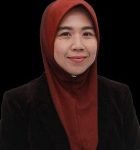
Suriani Binti Ngah Abdul Wahab
Building Surveying at ITM Shah Alam, Malaysia, BSc. (Hons) Building Surveying at UTM Shah Alam, Malaysia, MSc. Building Technology at USM Penang, Malaysia, and PhD (Civil Engineering) at UTP, Malaysia. Suriani is a senior lecturer at the Department of Built Environment Studies & Technology, Universiti Teknologi MARA 32610 Seri Iskandar, Perak, Malaysia. The fields of interest are Building Condition Assessment-BCA (Condition Index), Building Pathology and Surveying, Building Performance, and Indoor Environmental Technology.